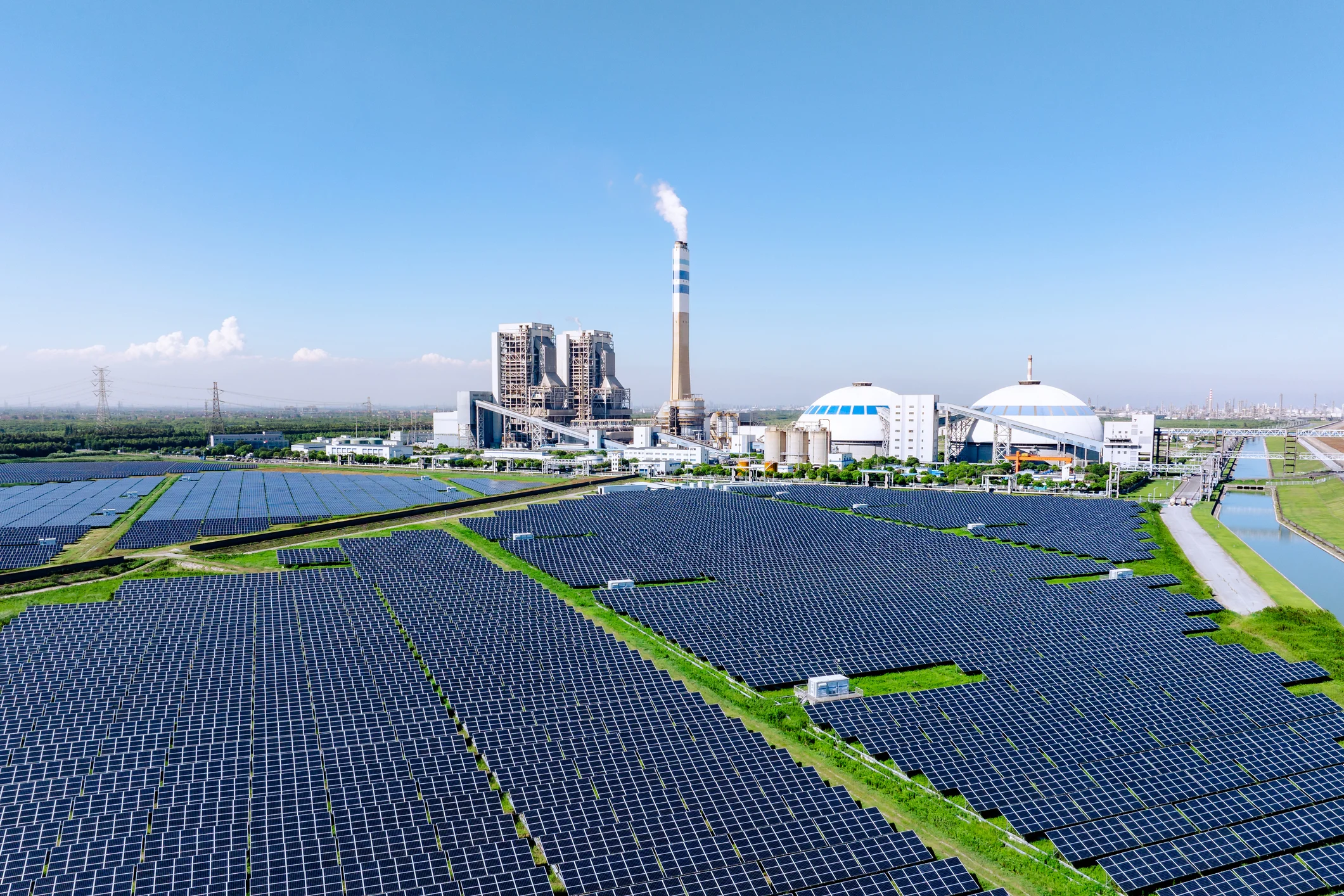Once the industry standard, the traditional power or peaker plant paradigm is being reimagined for the twenty-first century with a focus on leveraging IoT green technology to create virtual power plants (VPPs). Virtual power plants provide solutions for renewable energy generation, enhanced grid resiliency, and they help utilities meet their decarbonization and emission reduction goals. The use of VPPs is increasingly common —from Puerto Rico deploying VPPs to aid in grid resiliency to a recently-approved VPP pilot for DERs designed to harness 80 MW of flexible resources in Texas, the U.S. is preparing for a major buildout of energy storage in response to clean energy mandates. After the passage of the Inflation Reduction Act (IRA), the US is primed to not only strengthen its energy security but also transition to decarbonized infrastructure through aggressively adopting green technology like VPPs. Moving forward, it’s clear that virtual power plants are a fundamental resource to strengthen and enhance energy security.
Why Use Virtual Power Plants?
Virtual power plants are often discussed as an aggregation of solar-plus-battery systems, though they can also include other aggregated distributed energy resources (DERs). Tactically, VPPs represent aggregated and intelligently optimized DERs. Why are utilities turning to VPPs? Because of the flexibility and breadth of their potential applications: dynamic load shaping for cost reduction, blackout prevention, and improved grid resiliency through faster response to grid fluctuation than traditional fossil fuel plants, among many others. Virtual power plants (VPPs) present an opportunity for utilities to leverage shiftable load to achieve beneficial electrification, resiliency, emissions reduction, decarbonization, and sustainability goals.
Virtual Power Plants & Beneficial Electrification
There are two primary types of beneficial electrification: transportation and building electrification. Ultimately, transportation electrification and electric vehicle (EV) adoptions will help reduce the emissions and carbon associated with fossil-fuel-powered internal combustion engines by creating a viable alternative. Building electrification refers to the initiatives in many states and regions to incentivize fuel-switching away from natural gas, and increase the use of electric appliances and devices including water heaters, stoves, etc. Electrification of transportation and buildings will increase the load for utilities and represent a unique opportunity to leverage these new technologies within the context of a virtual power plant.
For years, the existing paradigm within the utility industry is to simply build more capacity for projected load growth. Right now, that strategy is being rethought and challenged alongside the push for beneficial electrification as a means of leveraging the increased consumer use of renewable energy assets to benefit the utility and the community. As market and regulatory forces continue to shift, additional investments in transmission, distribution, and supply generation to meet growing demand have become increasingly expensive.
Currently, the electric grid is about 40% efficiently utilized, and all of the growing load from electric vehicles and other new IoT and home devices represent a huge increase in demand. Fortunately, virtual power plants and their deployment are helping utilities prepare for the accelerated electrification of devices, appliances, and transportation by incorporating EVs and newly-electrified devices to help balance load growth. Employing VPPs will make the grid more efficient and help achieve the goals behind beneficial electrification.
How VPPs Reduce Carbon Emissions
In the U.S., the power sector represents the second leading source of carbon emissions. With the decreasing cost of renewable energy and ambitious legislative and regulatory emissions reduction goals, there is ample opportunity to shift load and manage the timing of load to mirror renewable generation using virtual power plants.
To support carbon emissions reductions, operators are not only thinking about which resources are being utilized, they’re thinking about when renewable resources are supporting the grid. The next step is figuring out how to absorb excess 24/7 carbon-free electricity during daylight hours to be leveraged later, during hours when demand may surpass “clean” supply. In these instances, demand flexibility in concert with storage and intelligent load shaping solves this problem. In this way, VPPs play a role in making the grid as clean as possible for as many hours as possible and support meeting these challenging carbon-free electricity goals.
Increasingly, huge companies want a 24/7 carbon electricity compact and are demanding around-the-clock, 100% clean energy for all of their properties and data centers. Assessing not only the type of resources supplying energy but also when they’re supporting businesses is contributing to making sure that hour-by-hour generation is as clean as possible to meet customers where they are while supporting long-term ESG ratings too. From this perspective, it’s easy to see how managing and optimizing load using a VPP can help achieve carbon emissions reduction goals.
VPPs & Non-Wires Alternatives (NWAs)
Non-wires alternatives (NWAs) is a term used to reframe the procurement of any grid investment that is intended to increase grid capacity without building or upgrading traditional components of the distribution or transmission systems — “wires” of the grid. This mechanism does still require a multi-year procurement process and often must meet rigorous cost-effectiveness and specified operational needs. Still, NWAs are but one angle to fostering the additional use of VPPs, in their role in creating more efficiency in the use of demand-side assets.
Meeting NWA Needs Isn’t Easy
As with many demand flexibility or distributed energy programs, the challenge for VPPs to fit into the NWA mold, especially those that are utilizing customer-owned resources, hinges on the recruitment and retention of customers. This relationship dynamic requires coordination and streamlining between many different parties inside and outside of the utility – the marketing and customer care departments coordinating to enroll, incentivize, and track customer participation; multiple manufacturers conducting outreach and recruitment, directing customers to provide enrollment information; and the software provider aggregating resources in concert with customer information to facilitate dynamic and program-specific control and reporting. This is, needless to say, a complex endeavor, using demand-side resources to build “alternative” infrastructure!
NWAs vs. Traditional Generation Methods
It’s important to contrast this option with traditional fossil fuel or nuclear plants. In spite of the customer challenges with VPPs, traditional generation have its own downsides in comparison. Only about 25% of power generation can start up within an hour, according to the Energy Information Agency. Fossil fuel and nuclear plants can be incredibly costly, and often require a long ramp-up of reserves, compared to VPPs with battery systems that can respond to demand swings in milliseconds.
VPPs are one tactic to address NWA procurement needs and will enable power producers to transition to decarbonized infrastructure by optimizing multiple energy generation assets based on load patterns and making more efficient use of current generations while facilitating the integration of more renewable assets.
Next Challenge: How To Streamline Customer Programs to Support VPPs
So the question becomes: how can we move customers toward becoming a true grid asset? Behind every virtual power plant is an amalgamation of individual homes and devices, and their owners – average people who purchased the latest technology for their home or business. Some companies like Sunrun are enrolling customers where they already have a built-in device and proprietary software aggregating this specific company’s hardware. But, market adoption is wider than a single manufacturer or product, and utilities will need to incorporate multiple manufacturers and multiple device types to aggregate, ideally through the right API to quickly and efficiently coordinate devices with utility programs.
Most importantly, for virtual power plants to play a pivotal role in supporting the grid they must be seen as a reliable resource in the same way as these traditional systems. Any software enrolling, controlling, and optimizing must be one that can intelligently consider the OEM restrictions, program parameters, and customer behavior and provide reliable, operationally sound energy. Is your operation ready to embrace existing community solar assets to better benefit the grid?






